The truth about fire risk: Hydrogen fuel cells and battery EVs
If you think a hydrogen fuel cell vehicle is just a bomb on wheels - a mini Hindenburg on the M1 - or that a battery electric vehicle is a Towering Inferno waiting to happen: here’s why you’re wrong…
Scientific literacy, particularly in Australia, it's just like Lemmings: off the cliff.
You don't have to know anything about science to have a view about science-y stuff, you just need to have your confirmation bias weaponized using social media, where you can join a club of people whose guts are telling them what your gut is telling you, and therefore safety in numbers. You must be right.
Mr Schultz seems quite confident in his position on this technical subject, so he's typical of you the respondents I get about hydrogen and the dangers therein.
When I went scuba (driving) recreationally the tanks were pressurized at about 3000 PSI, which is 200 bar. Something the instructors hammered on was making sure the tanks were secure in transport.
An annual visual inspection and a five-year hydrostatic test is required for certification. When filling the tanks they were connected to the compressor and placed into a water tank in case of failure. And that was for a relatively benign gas, air.
But anytime you start to add gases like methane or hydrogen the risk jumps exponentially. You now have the potential for a fuel-air bomb to be driven around by some mentally deficient yahoo who thinks that his car is fine; doesn't need to have the tank tested, even though he's driving around with bald tyres, spongy brakes, one headlight (working) and a cracked windshield.
Rant warning:
…and that's not even counting the responsible people that would have the required tests done on schedule that happen to get rear-ended at 45 miles an hour while at a stoplight by the above-mentioned mentally deficient yahoo.
The point is if they want to switch from diesel to hydrogen for on the road, long-haul trucking is not a problem; they weigh metric F tons anyway, just apply some of that weight as armor. Kind of hard to do that to a passenger car.
Mr Schultz
We need to talk about a few things.
Hydrogen is new in cars and very new in long-distance fuel cell trucking, but it's not new in society because hydrogen gas is used in industry in many different processes and there's not much of it in the air that we breathe, so it has to be manufactured.
Before you say that hydrogen is the most common element in the universe, which is true, there is a difference between elemental hydrogen (which is scattered around the universe in great quantities) and gaseous hydrogen which hardly exists here on Earth - unless you make it.
The air you're breathing now is 78 per cent nitrogen and 21 per cent oxygen, and one per cent everything else - that's every other gas in total - making up just one per cent more-or-less.
If you want hydrogen on Earth in order to manufacture, say, the flat glass for a TV screen or something, then you need to manufacture the hydrogen. And we manufacture rather a lot of it.
In fact, according to ARENA, which is the International renewable energy agency, annual production of hydrogen is 120 million tonnes, and there's a whole bunch of logistics around that. Not only do you have to make it but you've got to move it to where it gets used with pipelines. We chill it out to almost absolute zero where it liquefies and we put it in these cryonic storage vessels and ship it around the world, putting it in high pressure containers on goods trains and in trucks, and lately we use it in a small number of fuel cell electric vehicles.
But looking at the empirical evidence for the danger of hydrogen, when we're making 120 million tonnes a year, frankly it’s hard to find some. When was the last time you heard of a hydrogen incident, like a full-scale explosion? I haven't heard of one at all and I went looking only to find six in this decade, so 2020, 2021 and 2022. In three years, making 360 million tonnes of hydrogen gas, and there's been six incidents involving one death and five non-life-threatening injuries. I'd suggest that's a pretty good result, globally, for a potentially dangerous substance like hydrogen.
It's always dangerous to be in close proximity to a lot of stored energy. This is the same as driving next to a tanker full of 20,000 litres of petrol - that's a fire looking for a place to happen - and the reason it doesn't happen is because we've got practices, procedures and safe working standards, things of this nature, that sideline most of the risks.
Petrol tankers exploding on the road near you statistically doesn't happen, because we've got a whole bunch of brainiacs figuring out safe ways to deal with really dangerous stuff. That's essentially how this works.
Just look at how many people don’t die on the job at NASA when they launch a rocket, for example. Or when the RAAF refuels an FA-18 Hornet over the Pacific Ocean and everybody gets home safely.
Fuel cell vehicles are coming…really…slowly…
Oh and by the way, on the sidenote of hydrogen fuel cell vehicles, Hyundai Australia’s hydrogen refuelling station upgrade highlights the real problem with climate action. But don’t get me wrong, we need to move on from fossil fuels (leaving it in the ground) and moving onto cleaner fuel sources, otherwise humans are in deep shit.
My AutoExpert AFFORDABLE ROADSIDE ASSISTANCE PACKAGE
If you’re sick of paying through the neck for roadside assistance I’ve teamed up with 24/7 to offer AutoExpert readers nationwide roadside assistance from just $69 annually, plus there’s NO JOINING FEE
Full details here >>
AutoExpert DISCOUNT OLIGHT TORCHES
These flashlights are awesome. I carry the Olight Warrior Mini 2 every day - it’s tiny, robust, and super useful in the field or in the workshop. Olight is a terrific supporter of AutoExpert.
Use the code AEJC to get a 12% discount >>
Generators suck! Go off-grid with AutoExpert BLUETTI PORTABLE POWER STATIONS
Need mobile, reliable power? If you’re camping, boating, caravanning or building a dirty big shed in the back paddock, and you need to run a refrigerator, lights, air conditioner, cooking, and/or a bunch of tools - Bluetti has a clean, tidy, robust solution…
Get your AutoExpert free shipping discount here: https://bit.ly/3n62heK
HOW HARD IS IT TO BLOW UP HYDROGEN?
The most likely way for somebody to blow themselves up with hydrogen is to make it yourself. So don't do that.
The way it always happens, when you hear on the news that some idiot blew himself up with hydrogen, he's electrolyzing water. When you do that, you get hydrogen gas that comes off one electrode and oxygen gas comes off the other electrode.
If you're so stupid that you collect them in the same container, then you've got a perfectly good stoichiometric mixture just waiting for an ignition source. That's bad. It can just be as simple as static electricity from your clothes.
Suddenly you're dead. The roof's off your shed, the street is cordoned off and there's a full-on Hazmat incident. So best not play with things that you don't understand. As for actual safe use of hydrogen in industry and on the road, that's already pretty well sorted out.
What we're talking about is a fuel or a fuel-like substance and the thing fuels do is they burn. Fire needs fuel and an oxidizer, like the oxygen in air, and then you need something to kick it off, like a suitably high temperature or a source of ignition, such as a spark. With those things, you get a fire.
Obviously hydrogen is the same as any other fuel when it comes to those things it needs to burn. If you get the magic set of ingredients together, then you get a fire - but you don't get an explosion, so much. This is the same as petrol or LPG, but there are plenty of reasons why hydrogen, for example, is safer than petrol or LPG.
In the late 1950s, the United States Air Force sponsored a small chemical engineering firm called AR Little Corporation to test the explosive nature of liquid hydrogen in increasingly larger volumes, from single gallons, to tens of gallons, up to 5000 gallons, including spark and explosive charged ignition - as well as in comparison to real-world volumes of gasoline.
Below is a screenshot of both scenarios, spark igniting 32 gallons of spilled liquid hydrogen. The gasoline (right) takes 5 minutes to evaporate and generates substantial radiation wave. The hydrogen takes 30 seconds to evaporate and barely registers a temperature increase, with less radiative wave effects as a result of ignition.
These next two images show a test which also found that when when mixed with normal air in an unconfined environment and set off using an ignition source that is not an explosive, the hydrogen still does not detonate - no shock wave (overpressure) is observed to have formed using cameras capturing at 2000 frames per second.
Liquid hydrogen was considered safer to handle than conventional fuels. You can watch this full-length old-timey video report here: Experimental Investigation of Liquid Hydrogen Hazards, 1960 >>
If you rupture a petrol tank in a car crash, liquid petrol leaks out all over the ground and this highly flammable vapor is looking for is a spark - any source of spark will do - like static electricity, someone's smoking nearby, drop something metallic from just the right height and at the right angle. Whatever liquid petrol on the ground is really dangerous.
If you have an Liquid Petroleum Gas leak, LPG is heavier than air, so it will not dissipate, it will sink and look for a low spot. If the wind's not blowing or if you have an LPG leak in your basement, then the basement can fill up with LPG, it could even find it’s was into the sewer or a storm water drain or something of that nature where LPG will pool and wait for a source of ignition.
Whereas hydrogen gas is much lighter than air so it dissipates extremely rapidly. The risk of a fire is greatly reduced in any reasonably ventilated area into which hydrogen escapes. If you've got a gas tank like an LPG tank or a hydrogen tank, if it's in a fire, all that happens is it heats up, the pressure relief valve opens and the gas that vents catches fire. The tank does not explode.
On the negative side about hydrogen, it has actually got a fairly wide range of mixtures with air in which it's flammable. I think it's flammable between 4-74 per cent in air, and has even greater flammability in contact with pure oxygen - as discussed.
It's also got a fairly low amount of activation energy, meaning you don't need much of a spark to set it off, although it does have a higher auto-ignition temperature than petrol.
There's also the risk of being stored at 700 bar - 700 atmospheres - so there's a lot of mechanical energy in the gas, meaning if the tank were to rupture catastrophically, that would release a lot of energy rapidly. But I can't remember the last time I heard of that ever happening; the tanks are pretty well designed.
If the world’s biggest carmaker (Toyota) sees the case for hydrogen vehicles en masse, it’s a good sign they’re not putting mini Hindenburgs into government & corporate fleets, and people’s driveways. Ditto, Hyundai, BMW.
Incidentally, hydrogen tanks are not even steel because it is subject to a problem called hydrogen embrittlement, where proximity to hydrogen gas gets into the steel and makes it brittle, encouraging leaks. In practice, what they do is make a hydrogen tank by wrapping a plastic tank in a large amount of carbon fiber, which results in a fairly crash proof structure.
They do crash test hydrogen fuel cell vehicles and the tanks don't fail. They also burn hydrogen fuel cell vehicles and the tanks don't fail (or burn, or explode). They function as they were intended to. Here’s what Toyota did with the Mirai in 2016 in a rear-offset crash at 64/km/h:
Bear in mind, hydrogen fire is pretty hard to see in broad daylight, and you do need to make sure that the space is ventilated - not unlike petrol, LPG, diesel - every other fuel.
I'd suggest that we are in the domain of the devil you know versus the devil you don't know. Most people don't scream and shout when there's 20,000 litres of petrol next to them at the traffic lights, whereas petrol is an exceedingly dangerous substance. It's toxic, apart from anything else, in the way that hydrogen gas is not.
If you want even more fun hydrogen and fuel cell related facts, check out my extreme hydrogen deep-dive Q&A resulting from the Hyundai NEXO’s hydrogen driving distance world record set in 2022.
Watch the full video report at the top of this report to find out how dangerous the gigantic lithium-ion battery is in your shiny new electric vehicle - or the one you’re about to buy… Or click here to learn about catastrophic thermal runaway >> and do the full thermal runaway technical deep-dive here >> as I respond to comments and criticism about the original Felicity Ace disaster…










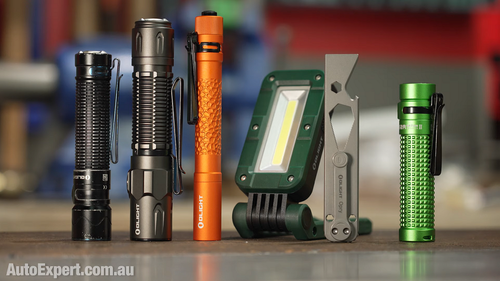

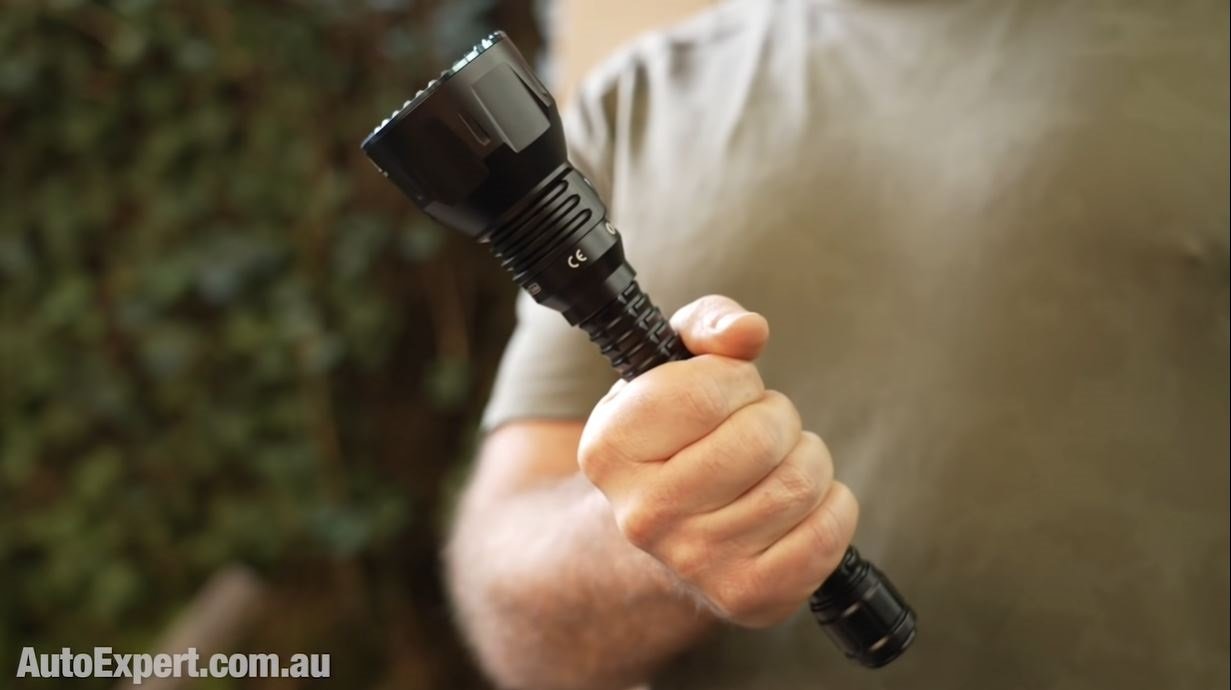
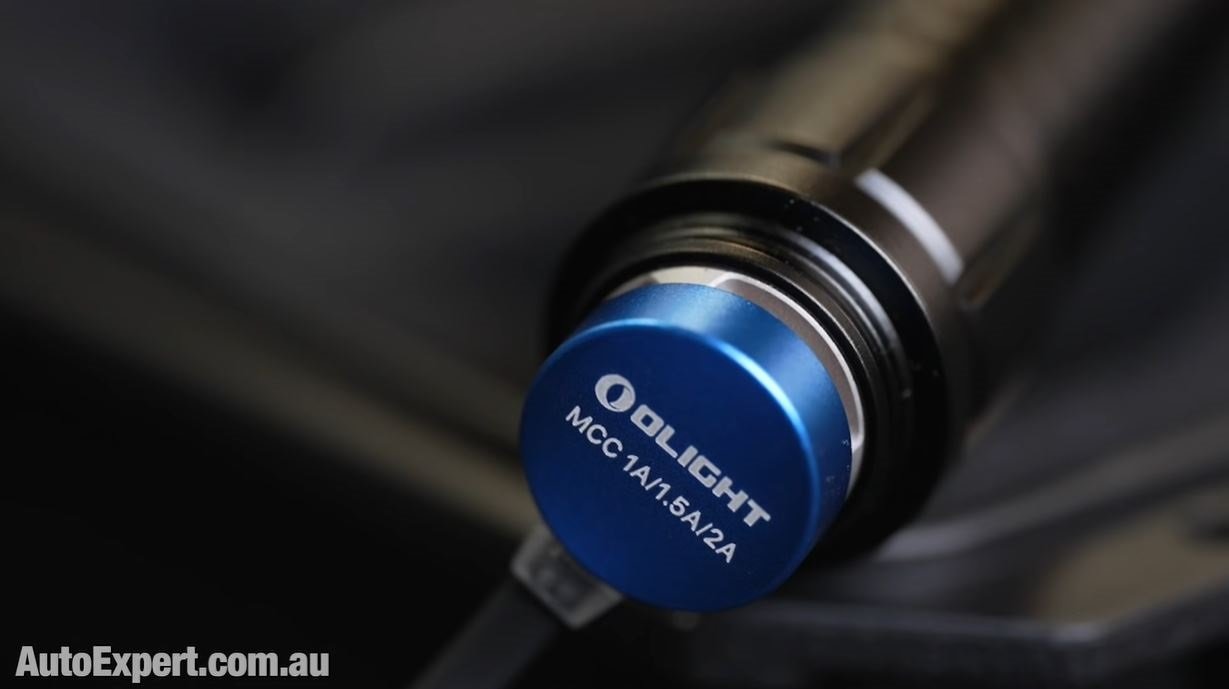
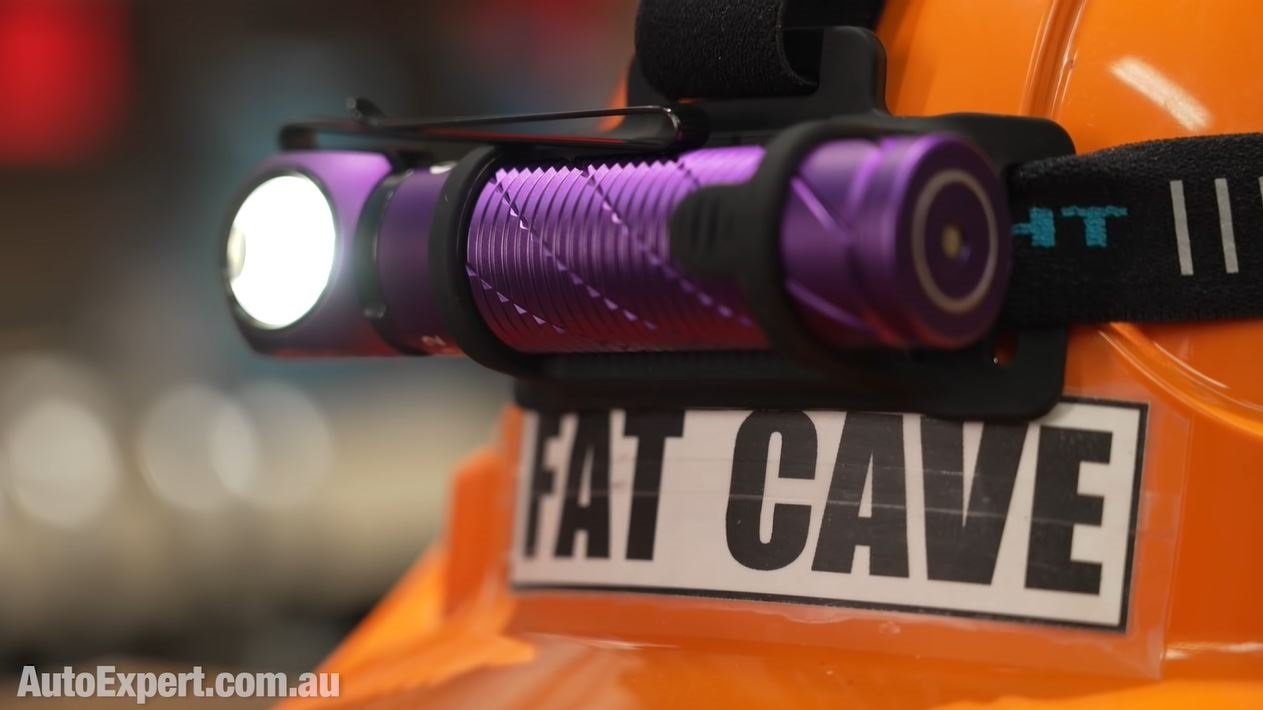
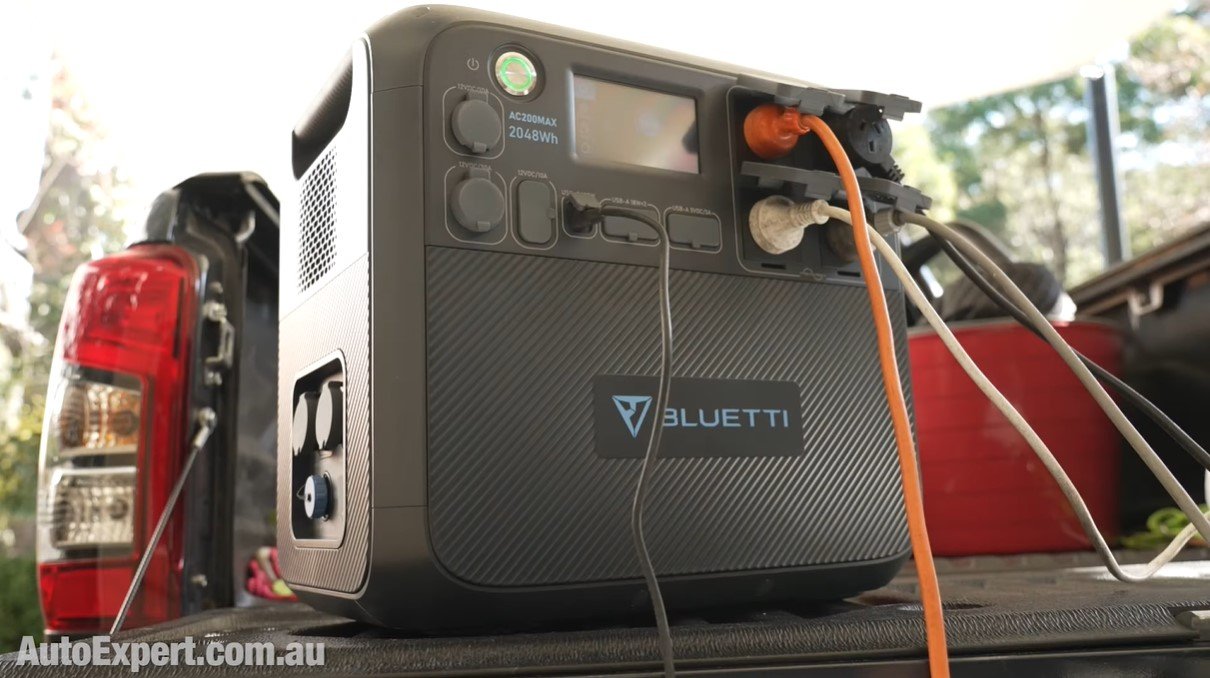

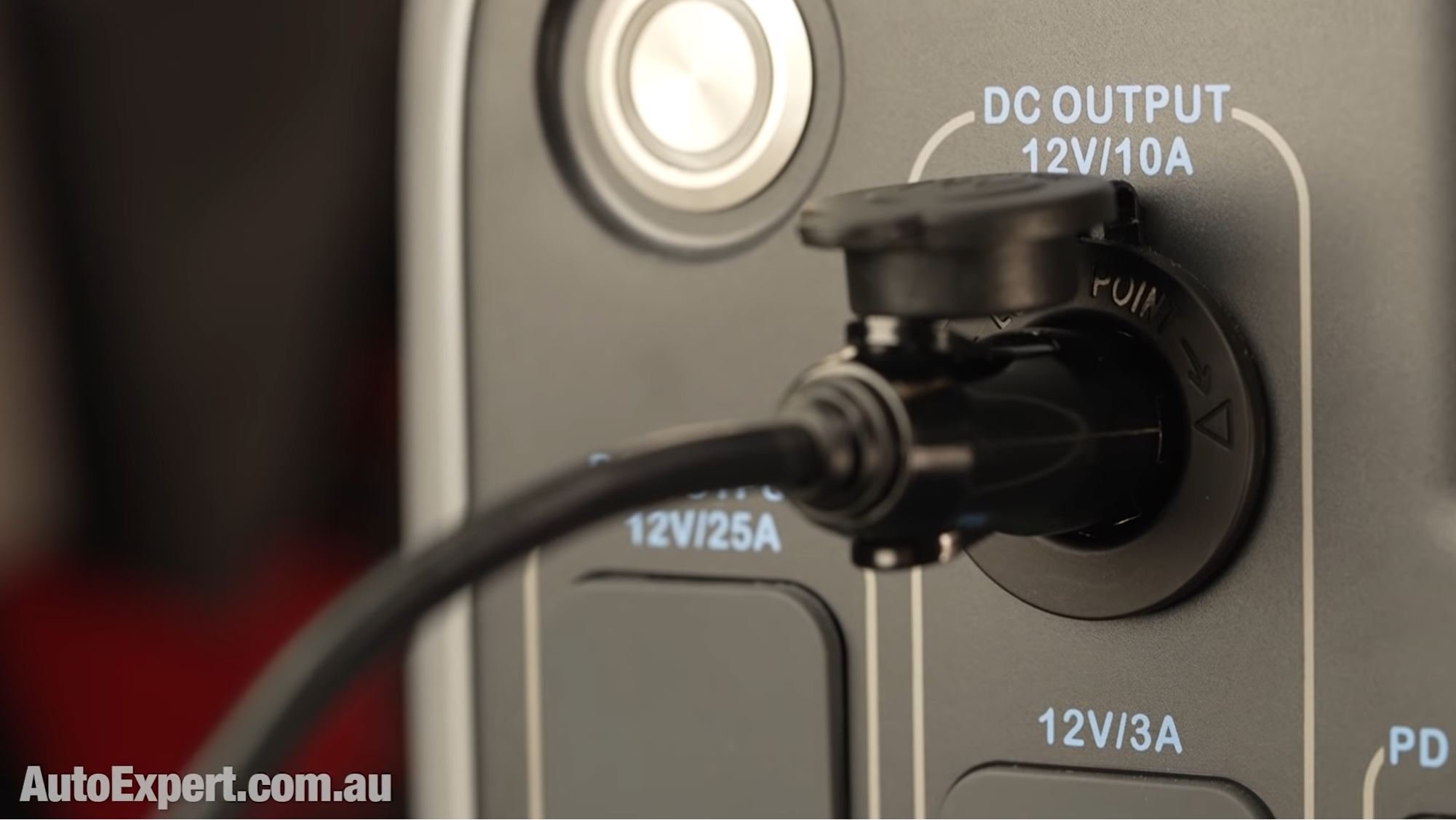
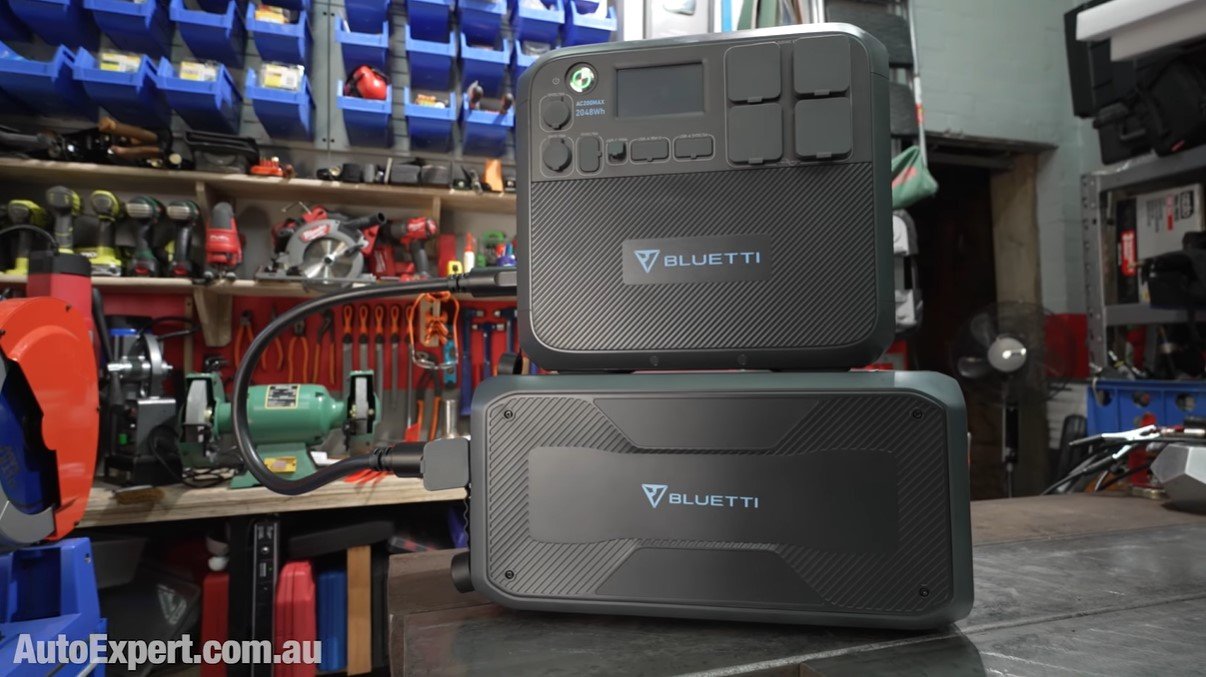
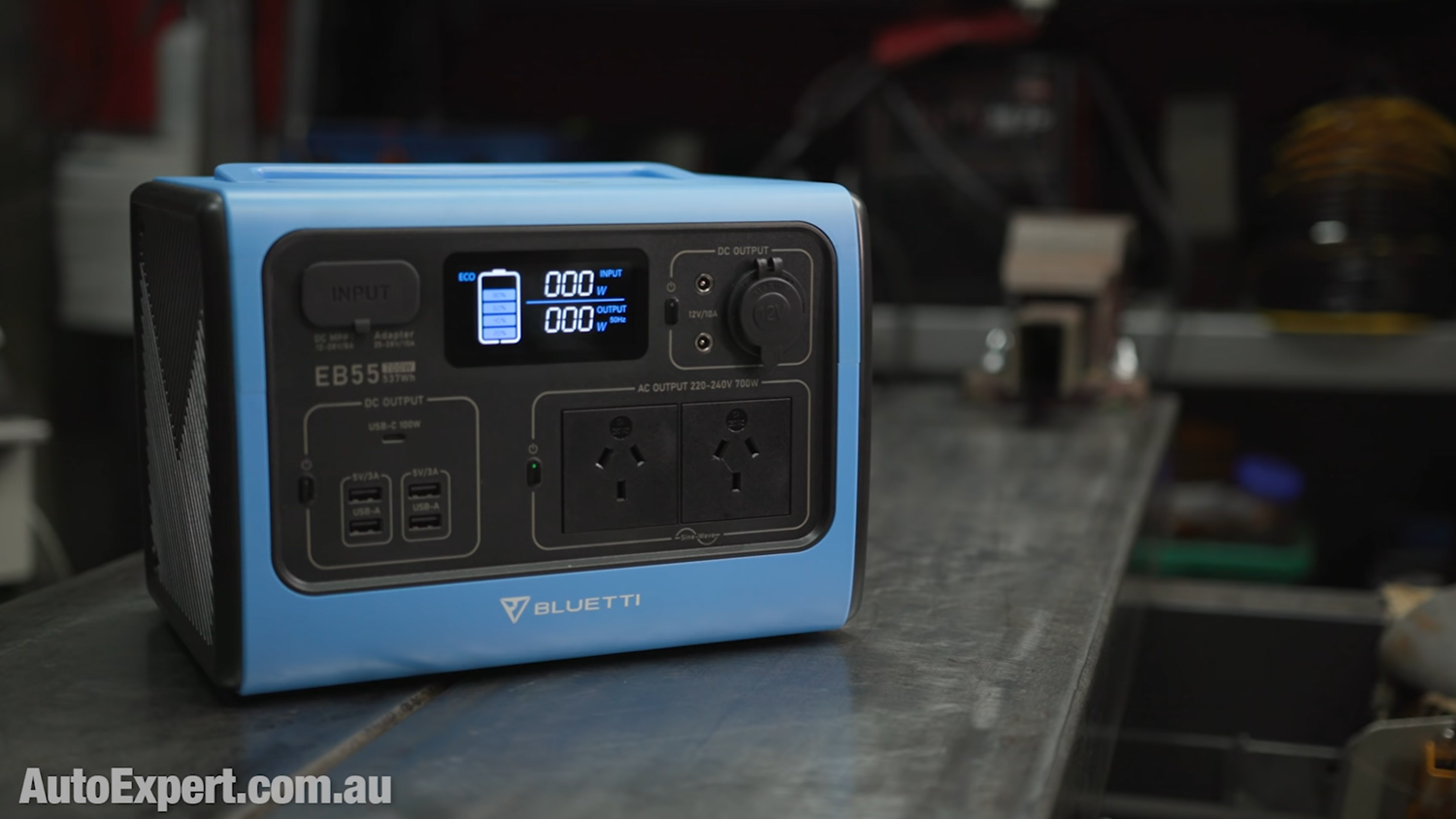
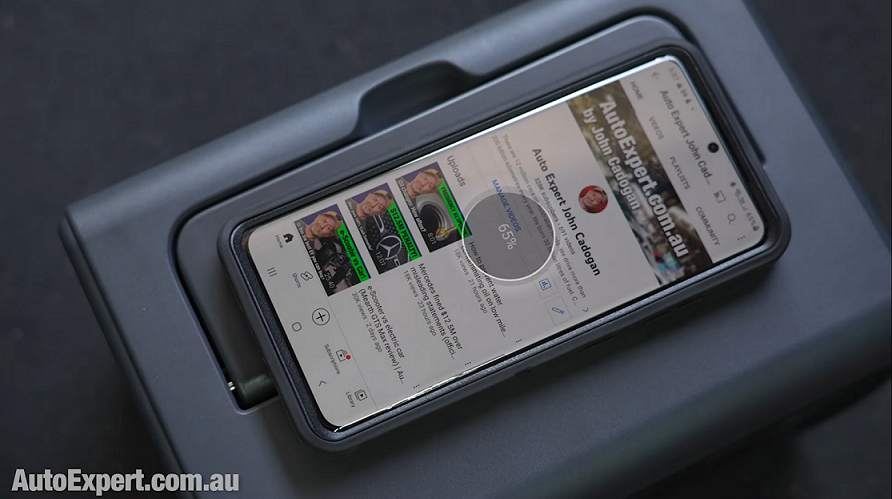
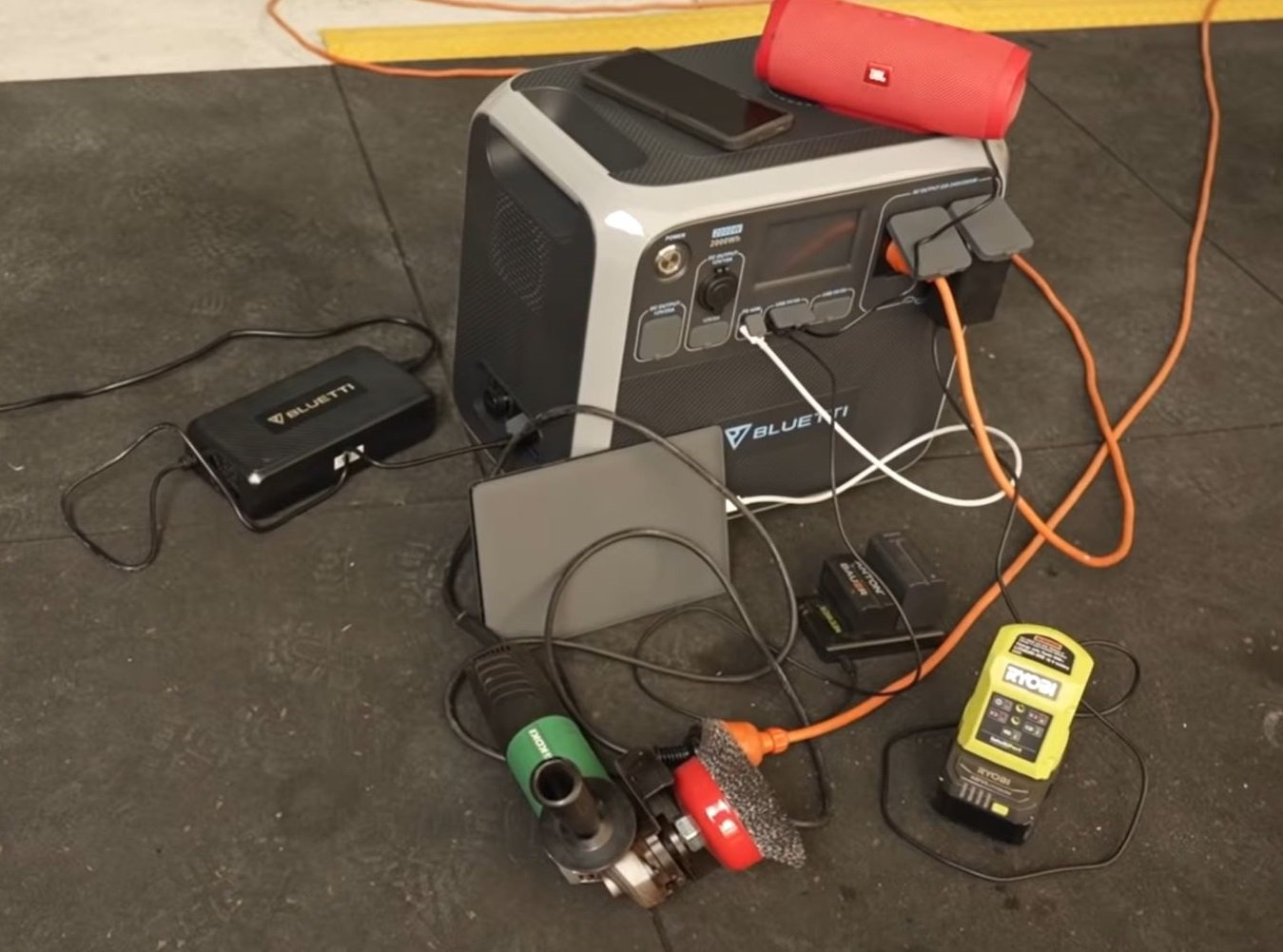
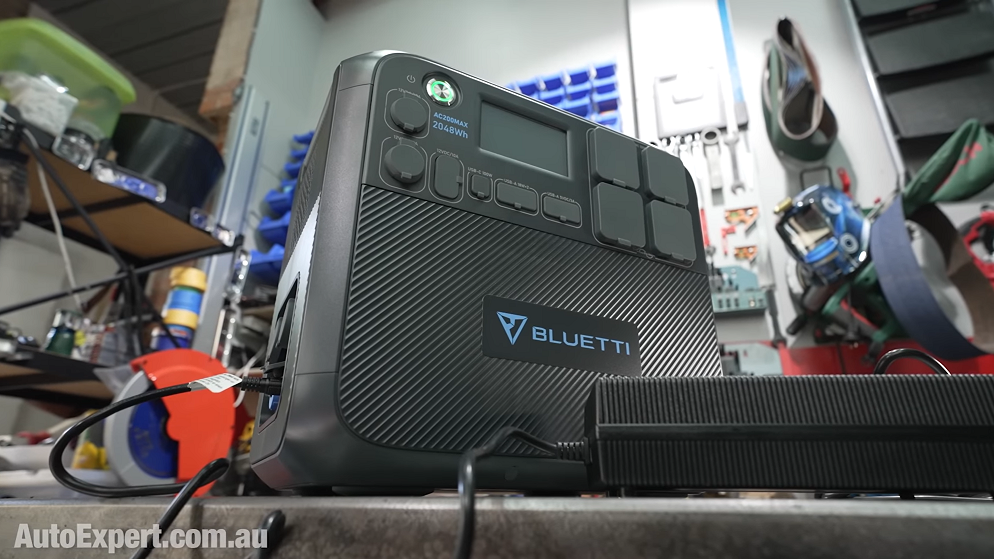








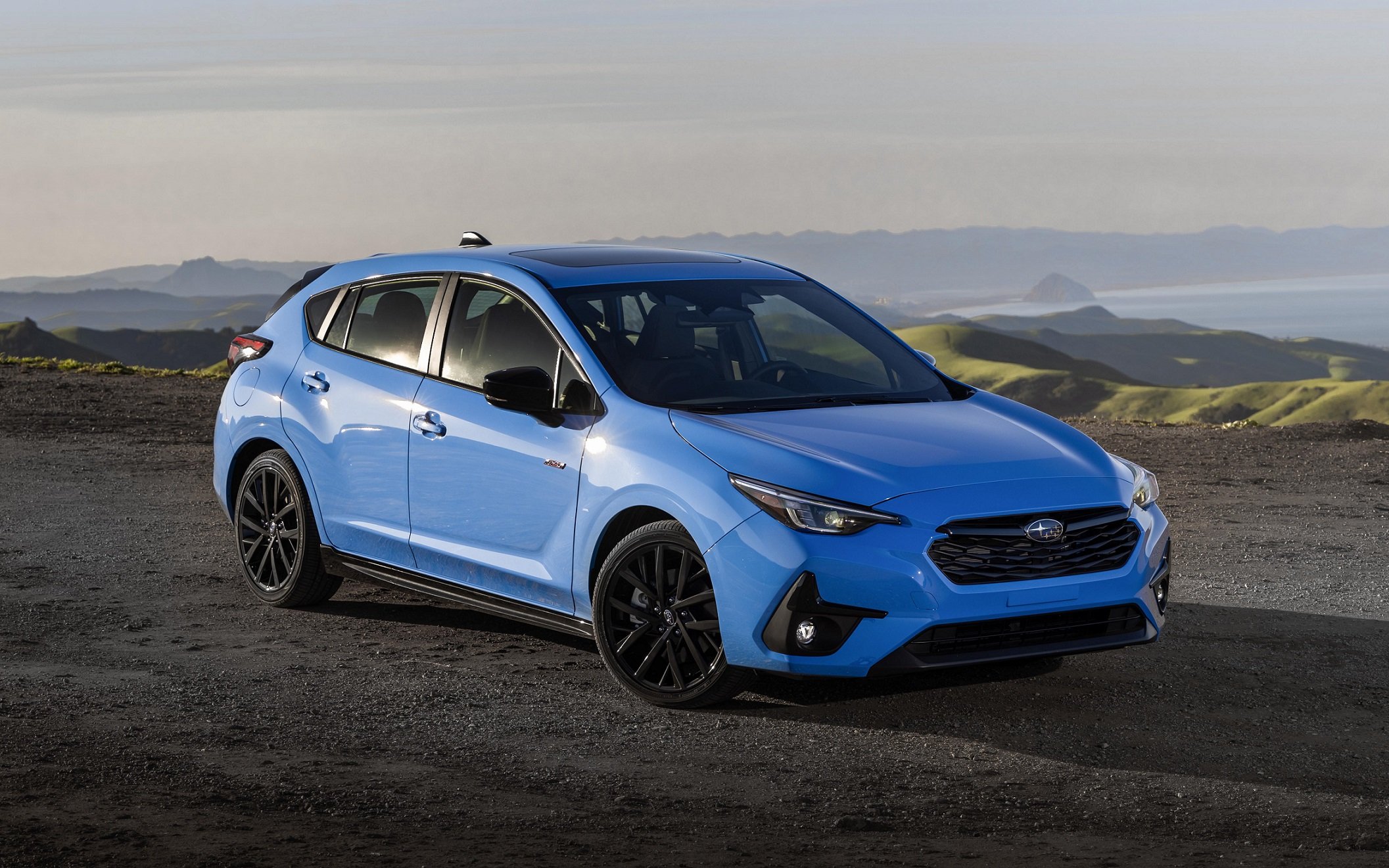
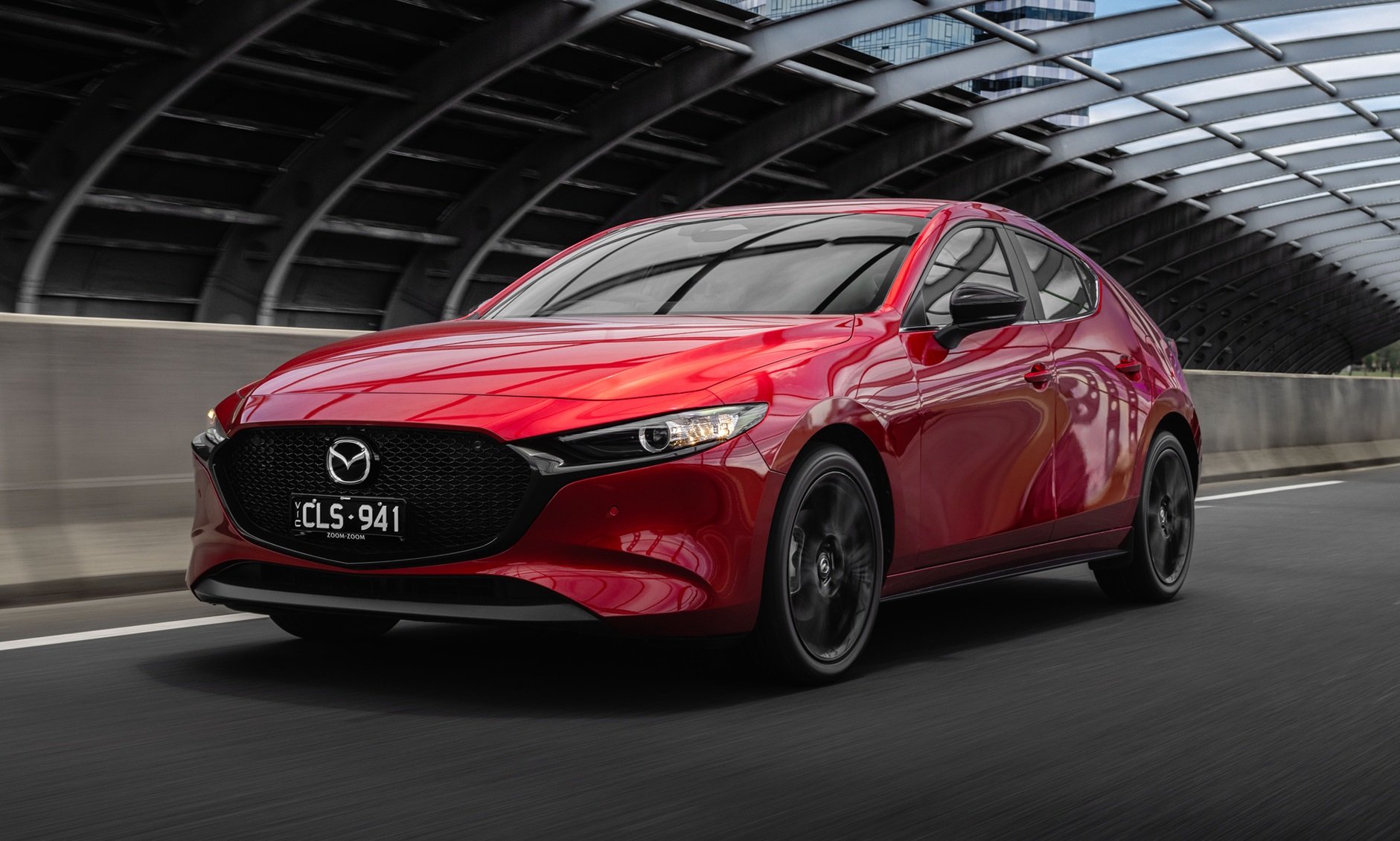






If you’re shopping for a small hatch or sedan, the Hyundai i30 has become the benchmark for value, performance and quality. Small families with a modest budget, or merely individuals who don’t need a bloated SUV, i30 offers bang for your buck.